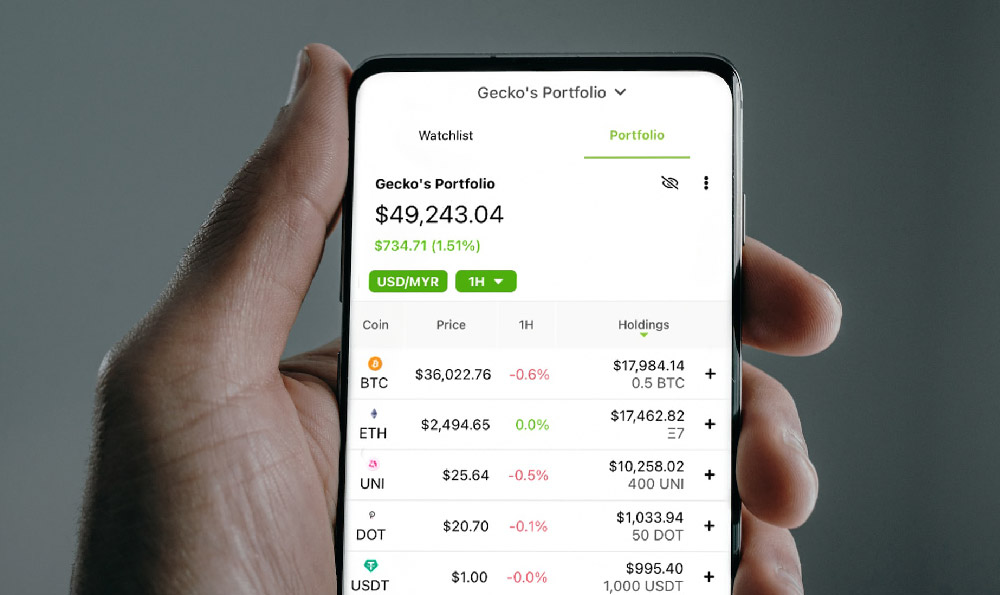The annual salary of a doctor is a topic that intersects with economics, healthcare systems, and professional specialization, offering insights into the financial rewards of this vital profession. In 2023, data from reputable sources such as the Bureau of Labor Statistics (BLS) in the United States, the National Health Service (NHS) in the United Kingdom, and global labor market analyses reveal a complex landscape of income variability. On average, medical professionals in the U.S. reported earnings exceeding $300,000 per year, with specialties like neurology and cardiology commanding even higher figures. This figure, however, is not universally applicable; it is influenced by factors ranging from geographic location to the type of practice, with urban centers and private institutions typically offering more lucrative opportunities than rural areas or public healthcare systems. In contrast, the average salary for doctors in the UK hovers around £65,000 to £90,000 annually, though these numbers can vary significantly within the country depending on the specific specialty, employing institution, and the level of experience. Across other developed nations, such as Canada and Australia, the median salaries fall within a similar range, while in countries like China, the disparity is more pronounced due to differing healthcare structures and economic conditions. These variations underscore the importance of contextual understanding when evaluating the financial returns of a medical career, as the profession's economic rewards are not uniform across the globe.
The intrinsic value of a doctor's work extends beyond monetary compensation, often involving long hours, significant responsibility, and a commitment to public service. Yet, the financial aspect remains critical for many, particularly in a world where the cost of medical education continues to rise. The average annual salary for a doctor, while substantial, must be viewed in relation to the years of training and the associated financial obligations. For instance, in the U.S., medical school tuition can exceed $300,000, and residency periods often add to this burden, making the return on investment a pivotal consideration for prospective students. Similarly, in the UK, the cost of medical education is manageable compared to other countries, but the salary disparities across different regions and working environments mean that financial planning for a medical career requires a nuanced approach. The balance between educational debt and long-term income is a key factor that influences career choices, as some may opt for lower-paying but less debt-intensive fields, while others prioritize specialties with higher earning potential.
Specialization plays a major role in determining a doctor's annual salary, with certain fields offering more financial security than others. For example, surgeons and anesthesiologists often earn substantially more than primary care physicians, with the former frequently working in high-demand areas such as cardiothoracic surgery or neurosurgery. In the U.S., the average salary for a surgeon in 2023 was around $450,000, while primary care physicians earned closer to $250,000. This divergence is partly due to the higher level of skill required in specialized fields, the complexity of surgical procedures, and the demand for such expertise in both public and private sectors. Conversely, in countries like Japan, where the healthcare system is highly regulated and the cost of living is relatively high, even within the same specialty, income levels can vary depending on whether a doctor practices in a government-run hospital or a private clinic. These examples illustrate that while the core profession of medicine is universally respected, the financial rewards are highly dependent on individual choices, market dynamics, and systemic structures.

The economic value of a doctor's work is also shaped by broader trends such as globalization, technological advancements, and changes in healthcare policies. In recent years, the demand for healthcare services has increased due to aging populations and growing awareness of chronic diseases, which has led to higher compensation for medical professionals in many regions. Additionally, the rise of telemedicine and digital health platforms has created new opportunities for doctors to expand their reach and potentially increase their earnings. However, these trends are not without challenges, as they also introduce new cost structures and competition, particularly in the tech-driven healthcare sector. The intersection of traditional medical practice and emerging technologies means that doctors must not only adapt to changing patient needs but also navigate evolving financial landscapes, which can impact their long-term income potential.
Ultimately, the annual salary of a doctor is more than just a number; it reflects the intricate relationship between education, specialization, and economic forces. While the figure may vary widely depending on location and field, the profession's financial rewards are significant and can provide a stable income for those who navigate the complexities of the medical industry. For individuals considering a career in medicine, it is essential to evaluate not only the financial aspects but also the personal and professional goals that align with the demands of this field. The journey to becoming a doctor is long and challenging, but the financial returns, when combined with a deep sense of purpose, can offer a fulfilling and rewarding career path in the 21st century.












